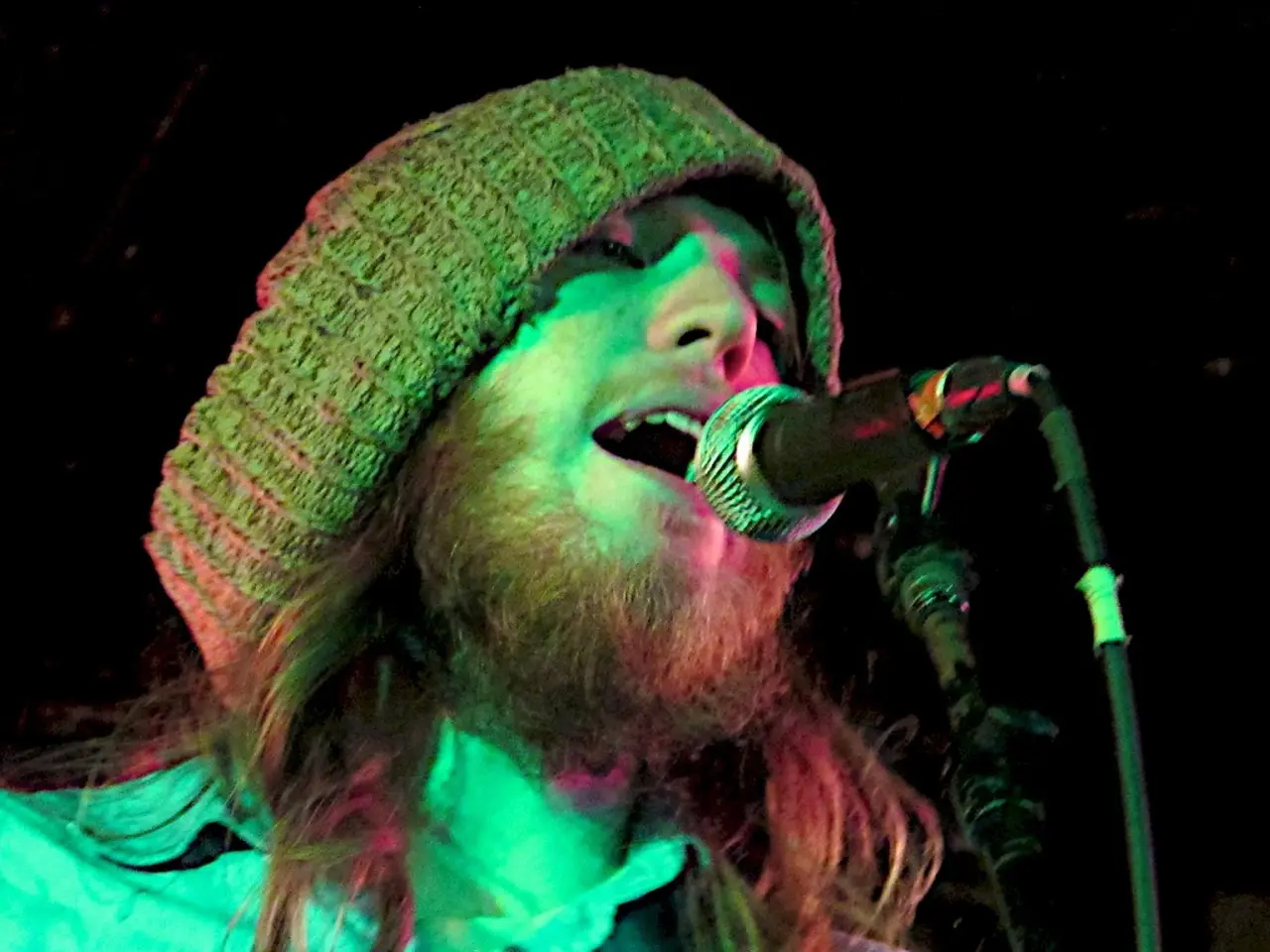Nineteenth-Century Banshee Visit: Frank McNally Shares Insights on a Supernatural Encounter
In the heart of 19th-century Ireland, a strange and inexplicable event unfolded, one that would captivate the imagination and reinforce the belief in the supernatural. On the eve of one of Lord Rossmore's weekly summer parties, a chilling sound echoed through the night, accompanied by a deep, heavy throbbing sigh, a sharp but low cry, and the distinct exclamation, "Rossmore - Rossmore - Rossmore!".
The sound was deduced to have originated from a grassy area just below the window of Jonah Barrington, a lawyer, judge, and politician who had recently purchased a property in Wicklow. This property, interestingly, had been previously owned by the Countess Dowager of Mayo, who fled her residence after discovering a man concealed under her bed following the 1798 rebellion.
The sound was reminiscent of the banshee, a female supernatural spirit from Celtic folklore, known for her mournful wails that foretell death. The banshee, originating from the Irish bean sí ("woman of the fairy mound"), is a widely known figure in both Irish and Scottish traditions as a death omen and a messenger from the otherworld, linked to ancient fairy mounds or sídhe.
Scottish legends hold similar associate-banshees with roles and characteristics closely mirroring Irish tales, indicating a shared Celtic cultural tradition. Jonah Barrington’s encounter illustrates an example of how the banshee folklore transcended Irish borders and became integrated in Scottish cultural narratives, showcasing a shared Celtic mythological heritage.
Barrington described the banshee incident as "the most extraordinary and inexplicable of my whole existence, an occurrence which for many years occupied my thoughts". He wrote about this event in his memoirs, which were bestsellers in the 1830s and later. Despite being a great storyteller, Barrington was not always a reliable narrator, which has led to some debate surrounding the authenticity of his account.
The next morning, it was announced that Rossmore had died. Some believed that the banshee's visit was a warning of his impending demise, while others dismissed it as mere coincidence. James Joyce's character, Tom Kernan, is depicted as planning to ask Ned Lambert to lend him those reminiscences of sir Jonah Barrington, suggesting that the tale continued to intrigue readers long after it was first told.
Barrington sought to defend himself against sceptics, placing the incident in the context of his religious beliefs and openness to the supernatural. He described the noise as softer than any voice, wilder than any music, floating in the air. The maid who heard the sound fled in terror, while Mrs Barrington initially thought it was an Eolian harp, an instrument played by the wind.
The banshee, a creature traditionally associated with certain old Irish families, was not typically associated with Scottish or Norman families, according to Sir Walter Scott. However, the event near Newtownmountkennedy, Ireland, on August 6th, 1801, suggests that the banshee's visit to Robert Cuninghame, a Scottish-born aristocrat and former MP, may have been an exception to the usual rules.
In summary, the banshee's visit to Robert Cuninghame underscores the cultural and mythological continuity in Celtic regions. The banshee is not evil but a warning spirit, tied to families and traditional Celtic mourning practices such as keening. This intertwining of Scottish and Irish banshee folklore highlights the shared Celtic belief system where ghosts or spirits dwell near ancient burial mounds, blurring the living world with the supernatural realm.
[1] O'Sullivan, B. (2006). Irish Folklore and Celtic Mythology. ABC-CLIO. [2] MacNeill, E. (1920). The Silver Bough. Folklore of the Scottish Highlands. [3] Rhys, W. (1904). Celtic Folklore: Welsh and Manx. Folklore of the British Isles.
- Jonah Barrington's acquisition of a property in Wicklow, once owned by the Countess Dowager of Mayo, brought him close to an ancient tradition, as the eerie sound he heard was reminiscent of the banshee, a figure known for her associations with death and supernatural warnings in both Irish and Scottish entertainment.
- Barrington's account of the banshee's visit, as recorded in his best-selling memoirs, not only showcased the enduring fascination with such folklore but also highlighted the shared Celtic cultural heritage of Ireland and Scotland, which is often manifested in their tales of supernatural beings and the blurring of the living world with the supernatural realm.








